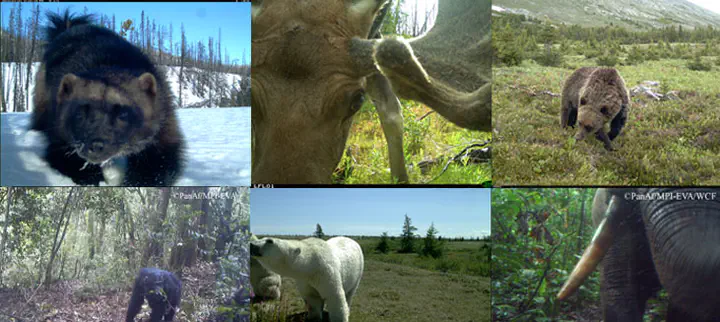A review of factors to consider when using camera traps to study animal behavior to inform wildlife ecology and conservation

Abstract
Camera traps (CTs) are an increasingly popular method of studying animal behavior. However, the impact of cameras on detected individuals-such as from mechanical noise, odor, and emitted light-has received relatively little attention. These impacts are particularly important in behavioral studies in conservation that seek to ascribe changes in behavior to relevant environmental factors. In this article, we discuss three sources of bias that are relevant to conservation behavior studies using CTs: (a) disturbance caused by cameras; (b) variation in animal-detection parameters across camera models; and (c) biased detection across individuals and age, sex, and behavioral classes. We propose several recommendations aimed at mitigating responses to CTs by wildlife. Our recommendations offer a platform for the development of more rigorous and robust behavioral studies using CT technology and, if adopted, would result in greater applied benefits for conservation and management.